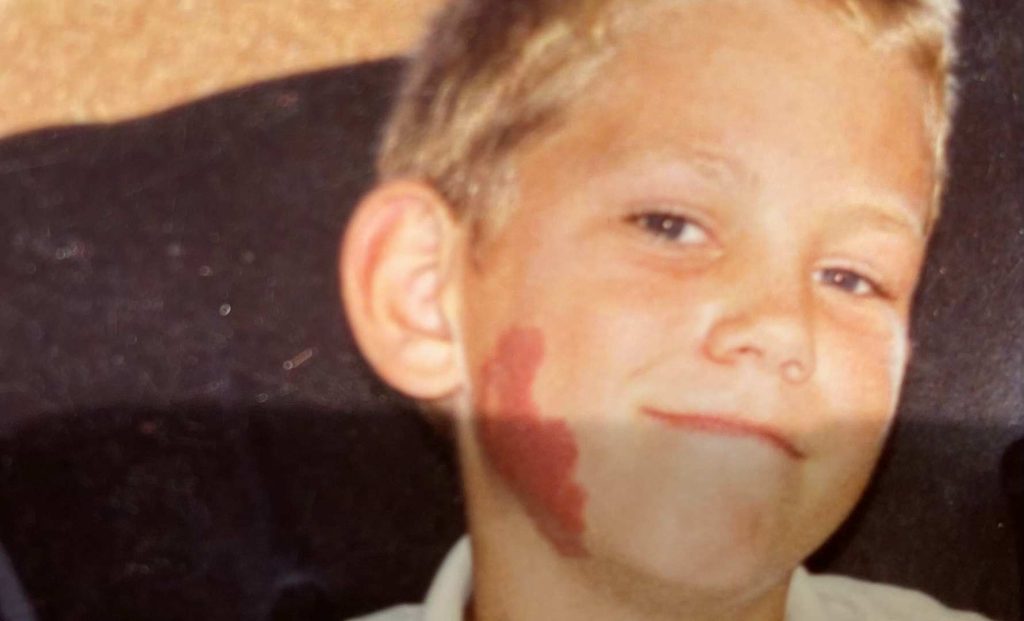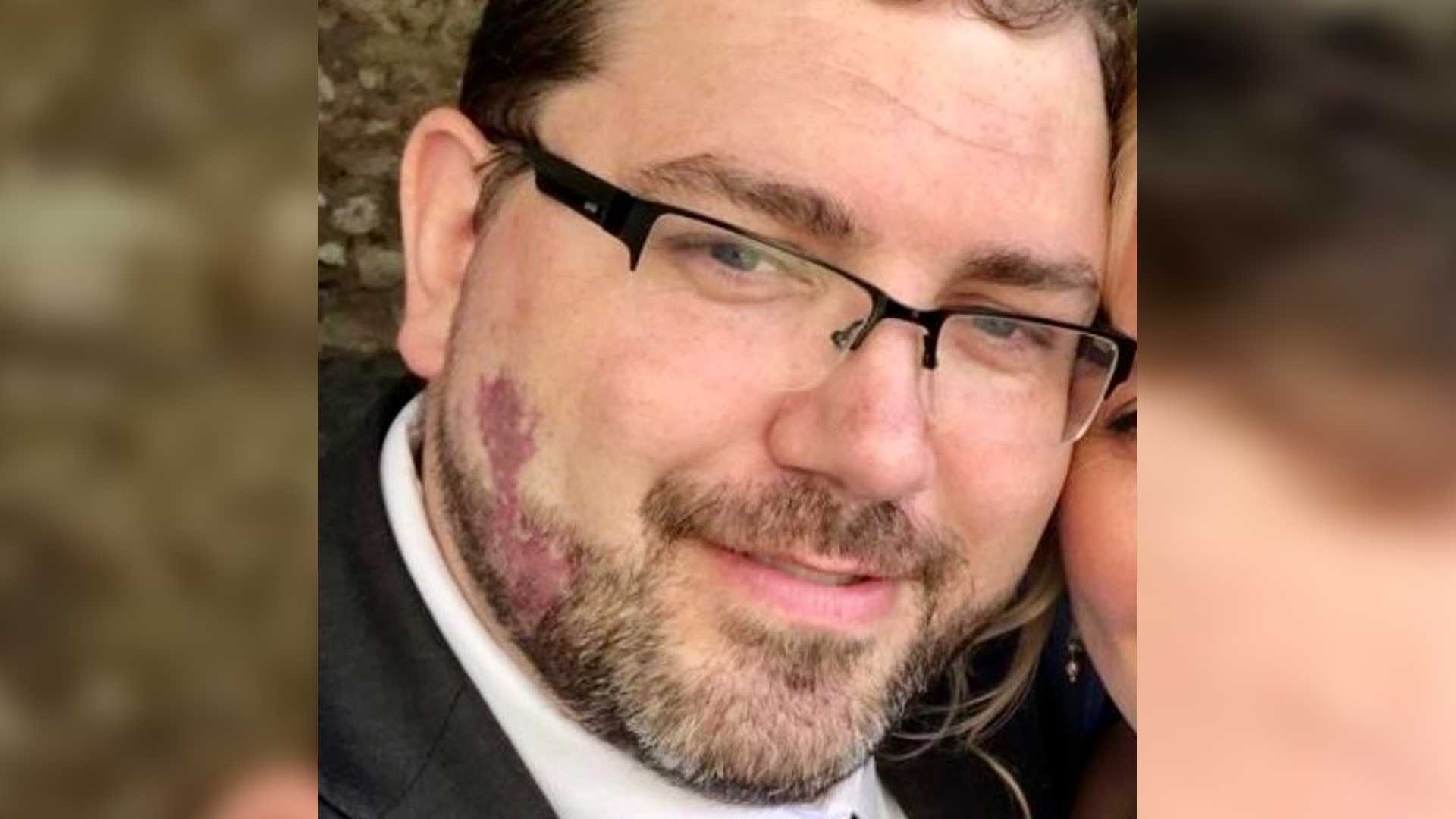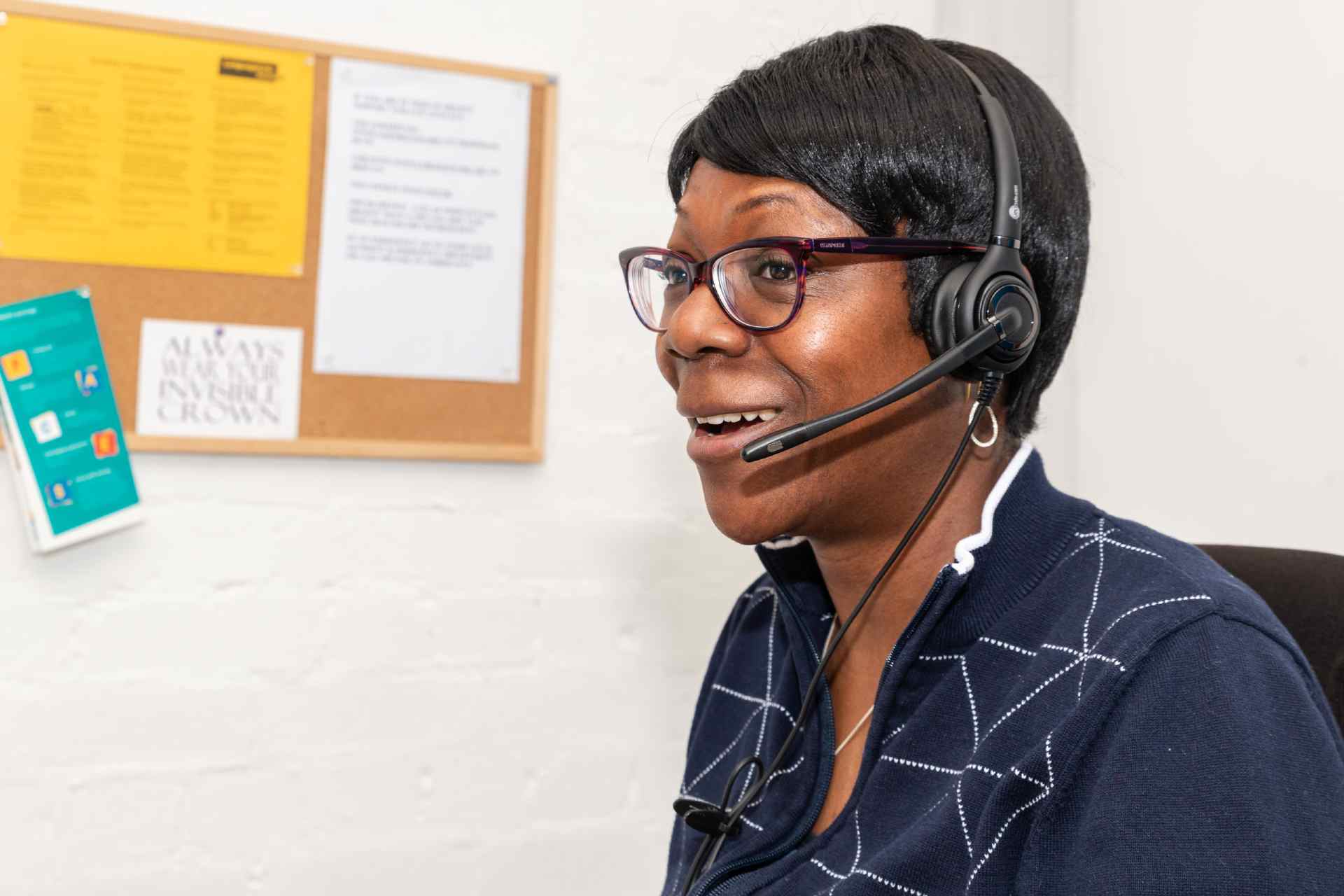I’m Richard and I have a birthmark on my face, which is commonly known as a “port wine stain”.
Although I’ve had my birthmark all my life, I first became truly aware that I had a visible difference when I started school. Almost instantly children started to question what it was, whether it hurt and if they would catch it or get sick. This was a confusing time, as I hadn’t really experienced these types of interactions before and didn’t know how to deal with the emotions of feeling different to everyone else.
As many other people with a visible difference have experienced, the innocent curiosity of some could sometimes turn into name calling, purposefully being left out and being bullied by others. I didn’t understand why this was happening or how to cope with it. Inside I felt like I was just the same as the other children and my birthmark shouldn’t matter, but I was made to feel like an outsider. I was ashamed of how I looked and believed I had done something wrong to deserve this treatment.
My school didn’t really appreciate the difficulties I was experiencing or understand the impact of my visible difference. I would like to see more awareness raising and training not only for teachers and pupils, so that they understand the challenges of having a visible difference, but also for young people like me to be able to gain confidence to cope with these difficult situations.

Richard didn’t know how to cope with other’s reaction to his visible difference
I worried about my looks and suffered with self-doubt, anxiety, and a lack of confidence, especially when it came to social situations or times where I had to be seen in public. Still to this day I notice myself shying away from cameras or standing a particular way to hide my birthmark.
As I got older, I found that there were people out there who could see beyond my visible difference and accept me for who I am, without judging me for how I look. These people helped me through the tricky times when I would doubt whether I could get a job, a girlfriend, be accepted in a football team or be able to socialise.
I wish I could say to my younger self that how you look in life isn’t everything. You will have friends who love you, birthmark and all. You’ll be able to enjoy your life, without letting your visible difference define you.
Unfortunately, people still point and stare, pull faces or post harmful comments on social media. However, using the resources made available by Changing Faces, engaging with the visible difference community and learning to embrace myself, I am much better equipped to deal with this negativity and face these challenges head on.
Old tropes surrounding difference and villainy need to be removed, and a shift made towards positive representation, so everyone can see that difference is to be celebrated.
I’d encourage anyone struggling with their self-image to have a read of Changing Faces’ advice and guidance resources covering confidence & self-esteem, and mental health & wellbeing. These resources provided me with the information, techniques and exercises I needed to improve my confidence and wellbeing, whilst also helping me to build more resilience when presented with challenges and negativity around my visible difference.
I now feel far more confident about myself and comfortable with my birthmark. I often think back to the tough times and wish I had more positive role models who I could relate to and more support available to help me cope. It is this that lead me to become a campaigner for Changing Faces.
We desperately need more positive role models for people with a visible difference to identify with and look up to. There were none when I was growing up, and even now, there are very few in mainstream media. Old tropes surrounding difference and villainy need to be removed, and a shift made towards positive representation, so everyone can see that difference is to be celebrated.
All people with a visible difference should feel supported and respected. If you’re struggling, reach out, because you are not alone. There are great resources and a supportive community out there waiting for you.

